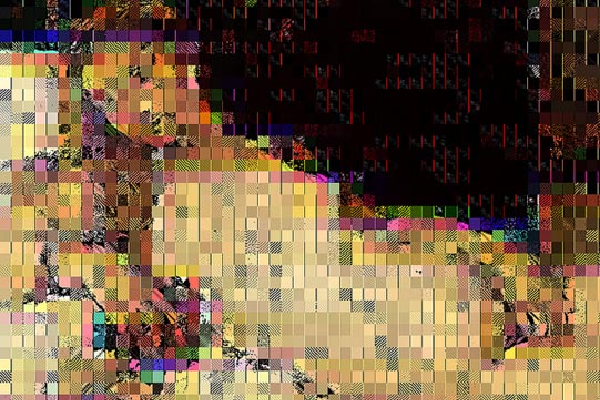You are already a digital humanist, whether or not you know it. Digital humanities has exploded in popularity over the last decade, as evidenced by the creation of many different types of grants to help digital humanities research, and the impressive growth of digital humanities-related panels at the Modern Language Association and American Historical Association annual meetings.
But while digital humanities may seem like an intimidating, exponentially growing field with varying ideas of “insiders” and “outsiders,” you and your students are all already digital humanists, because you all use technology in your daily lives. At its best, the digital humanities is about engaging more critically with the intersections between technology and how we act, think and learn. Without knowing it, you’re probably already using many of the techniques of digital humanists in your life and in your classroom.
What I offer below are some easy ways to dip your toe into the field. Implementing digital humanities into your curriculum may seem like a monumental task, especially for institutions that fall outside of the research one university category. The most visible digital humanities projects are often located within graduate programs at well-funded, research institutions.
People at primarily undergraduate-focused institutions might wonder how this field can be applied to rejuvenating traditional humanities curricula. In addition, less well-funded institutions might not find it as easy to commit to providing the frameworks to build successful digital humanities projects, as these often require substantial resources such as digital infrastructure (computers, servers, software) and technical support (particular for faculty, staff and students who are new to digital work).
To address this, in this article I give a brief overview of an assortment of digital humanities projects that can be implemented in primarily undergraduate-focused institutions. This has been important work to encourage for me personally because so much of traditional humanities work can be augmented by digital tools, and because getting students to critically engage in the theoretical foundations of these tools is a core humanities mission.
In this essay, I deal mostly with the former, listing some examples of different levels of tools and expertise that can go into each type of project. Readers should be able to decide on what level they would like to start at, and build some possible ideas to “scaffold” the project, or stages of development and release for the project.
At the end of the overview I offer an activity that can be easily applied by instructors interested in conducting digital humanities workshops at their institutions and an annotated list of additional resources. My goal is to provide an easy introduction for instructors to think through possibilities for incorporating the digital humanities within an undergraduate curriculum with either free or inexpensive digital tools.
Literature courses often encourage students to reflect on the role of space and place in a literary text. A common assignment might require students to draw maps of geographical places visited by characters in a text. Such an assignment can be greatly enhanced with digital humanities tools. James Joyce’s Ulysses is often studied in terms of space and place.
While this is traditionally plotted out in pen and paper (see Vladimir Nabokov‘s sketched-out map of the paths Stephen Dedalus and Leopold Bloom take in Ulysses on June 16, 1904), such projects lend themselves quite easily to digital adaptation.
Gerry Carlin and Mair Evan’s Google Maps annotations of Ulysses is a digital humanities equivalent of Nabokov’s hand-drawn map. Carlin and Evan’s project allows users to zoom into particular points of interest that relate to key locations in Ulysses.
Users can click on individual chapters of Ulysses via the left menu to retrieve useful notes ranging from a summary of chapter events, important symbols and parallels, to commentary by the project authors.
Another common digital humanities pedagogical approach is to use digital tools to conduct text analysis. These tools can range from very simple to incredibly complex. This section showcases three easy-to-use and free tools.
The easiest and free tool currently available is Wordle, which allows anyone to quickly generate “word clouds” from text the user provides. Words that occur more frequently appear larger in the Wordle. Instructors can use this visualization to explore with students if this means certain themes might be more prolific in a text they are analyzing.
Creating digital exhibitions might be an attractive project to some instructors. Many are used to getting students involved in creating physical exhibitions — the curation and presentation of materials being a useful pedagogical exercise in examining questions of cultural value. Furthermore, adding a digital component to a physical exhibition extends its reach and its audience. It also provides an easy way to get students involved with digital tools.



